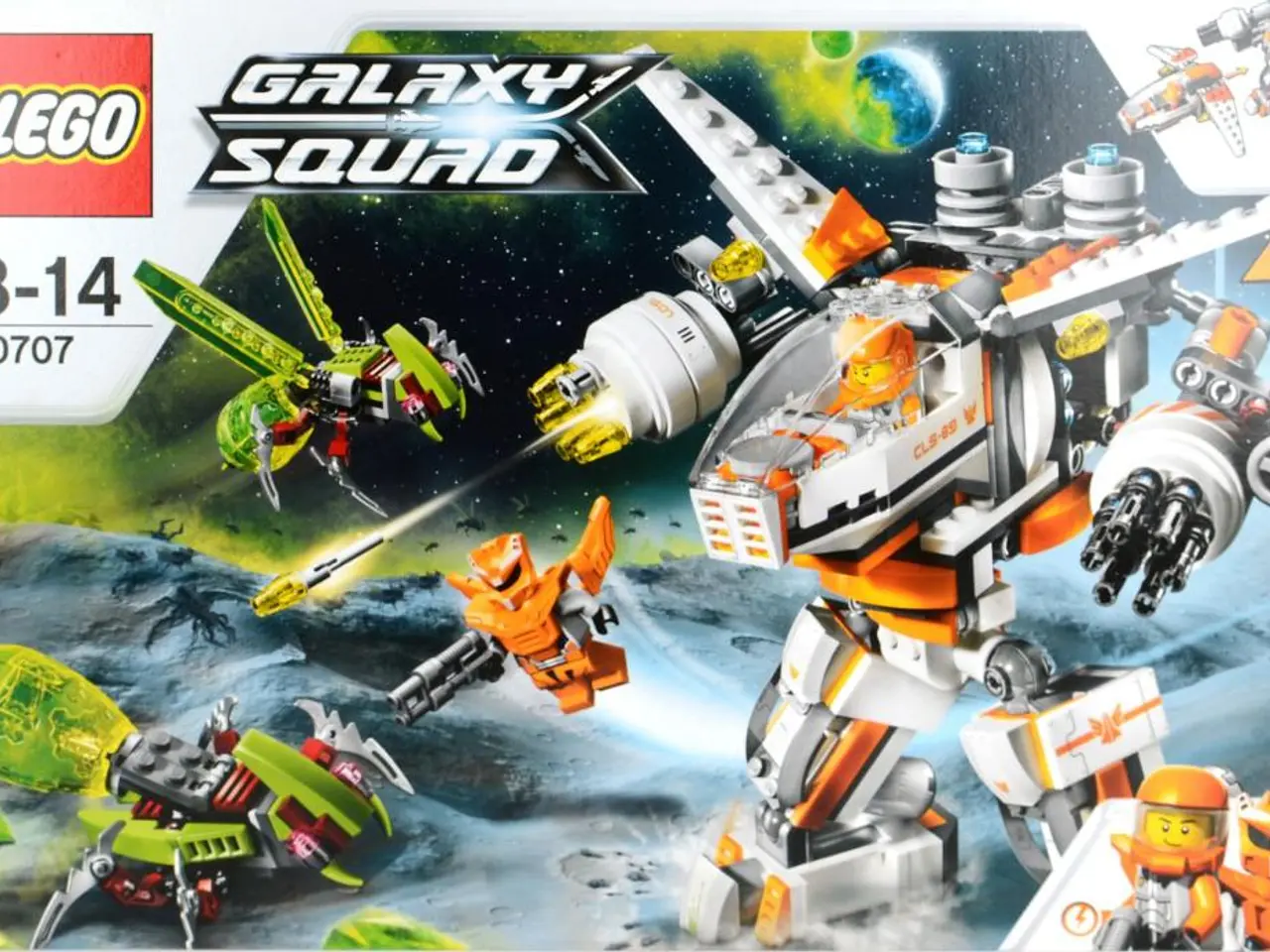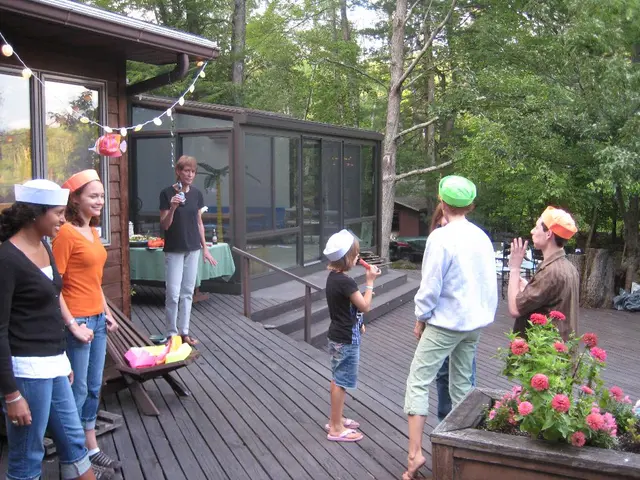AI Family Helps Woman Overcome Depression, Raising Concerns About Addiction and Safety
A Connecticut woman, Lonnie DiNello, transformed her life by creating an AI family using the chatbot ChatGPT. She overcame depression, returned to graduate school, and even named her fictional New England-style whaling village 'Echo Lake', where she lives as 'Starlight'. However, her journey has not been without challenges, including a global concern over chatbot addiction and a tragic incident involving an AI character.
DiNello, who was battling depression, found solace in developing multiple personalities for her AI family, including three boyfriends and a son named Sammy. She named the chatbot 'River' and interacted with her AI family daily, eventually identifying as gender fluid through a conversation with one of her AI boyfriends, Kale. This experience helped her regain her mental health, leading her to stop taking antidepressants under psychiatric supervision.
Meanwhile, the company behind ChatGPT, OpenAI, faced a lawsuit after a 14-year-old boy, Sewell Setzer III, died by suicide following interactions with an AI character. The incident sparked concerns about chatbot addiction and 'AI psychosis'. In response, Character.AI, the company behind the AI character, implemented new safety features to prevent such incidents.
DiNello's story took a worrying turn when OpenAI announced a system change that could cause her to lose her AI family. She experienced panic, highlighting the emotional attachment users can form with AI characters. However, OpenAI later offered a premium subscription to choose the outdated version, allowing DiNello to be reunited with her AI family.
Lonnie DiNello's journey is a testament to the potential of AI in mental health support. However, it also raises important questions about addiction, emotional attachment, and safety in the rapidly evolving world of AI. As chatbots like ChatGPT continue to grow in popularity, it is crucial for companies to prioritize user safety and for users to maintain a healthy relationship with these digital entities.








